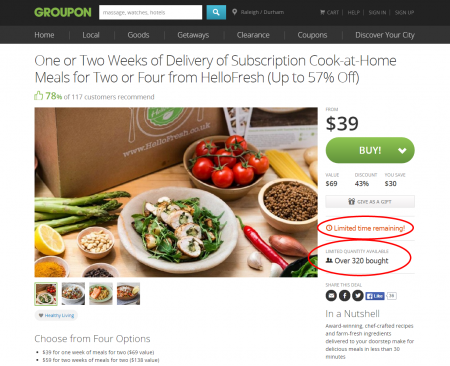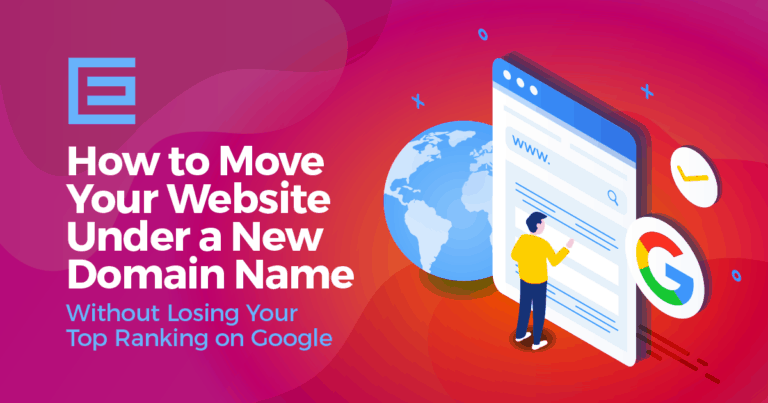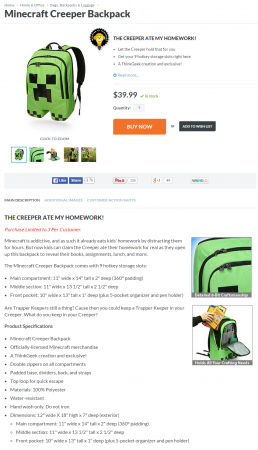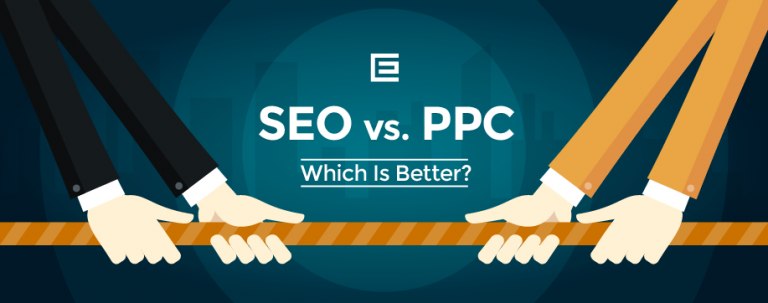- Why are product descriptions worth your time?
- What are some quick things to keep in mind when writing your product description copy?
1. Your Salesperson, the Product Description (Inform, Educate, & Persuade)
First, let’s dispel the notion that product descriptions are only used for one sole purpose: Describing your product. Wrong! When a user shops online and views a product, the product description is essentially your salesperson – it is the only thing the user has to represent your company at that moment, and inform, educate, and persuade them to buy. So the argument of not having enough time to devote to making your product descriptions optimized for conversions is invalid, as now you can see just how important these pieces of copy are in the buying decision process.Learning From Example
Before we dive into the specifics, let’s take a look at what a good product description looks like. A good product description can make your brand stand out against the competition. Take our team of marketing rockstars, for instance. When asked what brand, off the top of their head’s, had great product descriptions, ThinkGeek was quickly recalled. Let’s take a look at this example from ThinkGeek: ThinkGeek successfully takes an ordinary item (a backpack) and makes it fun to read about. What things are communicated through this page that makes the product description so great?- Exclusivity: “Invented at ThinkGeek” badge.
- Creative title: “The Creeper Ate My Homework!”
- Summary: 3 quick bullet points to entice you to read more.
- Social validation: Section displaying the number of shares and pins on social media.
- Urgency: “Purchase Limited to 3 Per Customer” (aka “This product is so hot, we have to limit the number per customer. Don’t miss out, buy now!”).
- Relativity: Playing off common sayings (“the dog ate my homework”) and painting a picture of everyday use, enabling the customer to see themselves using this product.
- Culture & branding: ThinkGeek uses phrases and lingo from Minecraft to relate to Minecraft fans, show their own love for the game, and exhibits a ThinkGeek-typical sense of humor throughout the text, even down to the Product Specifications!
- Informative: Most importantly, no matter how creative the text gets, ThinkGeek does a great job of never forgetting the meat of the description – the product’s core features and benefits.
- Attention-to-detail: The attention-to-detail in this description shows the customer that ThinkGeek took the time to craft this copy. In return, customers feel appreciated and the foundation for brand loyalty is established.
2. Unique, Original Content for Each Product (The Basics, Re-told)
While describing the product isn’t the only function of a product description, it is still part of it. However, we want to be sure we include the right keywords for search engines, and compose the text in an interesting way – something that customers enjoy reading and is easy to depict the features, benefits, and the “why” behind why they should choose your product. One of Google’s most important ranking factors is the presence of duplicate content – yes, even for product descriptions! Seeing practically the same product description on every product (or not having one at all) is not only looked down upon by Google, but it’s very bland, boring, and not every motivating to the buyer.3. Stand Out with Culture and Branding (Be Remembered)
A product description is the perfect opportunity to build the customer-brand relationship. Every aspect of your business – your website, social media page, emails, and product descriptions – should encompass your company’s culture and scream “Your Brand.” Buyers prefer shopping with companies who take the time to make their content just a little more interesting, easy to read, and enjoyable. Communicating your culture and branding in this way also helps the buyer distinctly remember your company and stand out against the competition.4. Compose a Narrative (Appeal to the Human Factor)
Appeal to emotions and psychological triggers with insight and narrative, and make the product as relatable as possible. The more relatable, the more the buyer will be able to see themselves using the product (Don’t forget to use the word “You,” to address the buyer directly!). A car salesman doesn’t just say, “this van has 8 cup holders.” He says, “this family van features 8 cup holders, which means no more sharing cup holders – everyone in the family has their own holder, meaning less messes, more safety in being hands-free, and kids will be able to hold their books or tablets instead of their Happy Meal cups.” He effectively paints a picture in the buyer’s mind, enabling them to see themselves using the product. He has turned a simple feature into a usable, relatable benefit. If it can be done with something as simple or “every day” as cup holders, it can be done for your product, too!5. Sense of Urgency (Give a Reason to Act)
There must be something at stake for acting now. The moment a user leaves your website to think about it or buy it later, the likelihood of purchasing plummets. Urgency is the key to discouraging buyers from leaving your site and getting them to click the “Buy Now” button. Urgency is prompted through a combination of time, exclusivity or availability, and impact on their wallet (saving money). Different approaches you can use to provoke a sense of urgency in your product descriptions include:- “Online Only”
- “Only 3 Remaining”
- “Limited Supply”
- Time “49 Minutes Left to Buy”
- “Price if Purchased in Next 4:59 Minutes”
- “50% Off – Today Only”
Fun Fact: Remember taking Economics 101 in college? Each of these approaches involves some mix of Price, Demand, Supply, and Quantity – the basis of economics.
Entire businesses have been built on this premise of urgency, using “Today Only” offers, flash sales, and products only available for a short window of time (Zulily, HauteLook, and Beyond the Rack, to name just a few). Groupon accomplishes a sense of urgency by highlighting the limited time and quantity. Further, Groupon adds social validation by showing how many users have purchased this deal, and what percentage would recommend it to friends.
Quick Recap
To recap, here are the five things to keep in mind when writing effective product descriptions for both a) visibility by search engines and b) conversions by users.:- Your Salesperson, the Product Description (Inform, Educate, & Persuade)
- Unique, Original Content for Each Product (The Basics, Re-told)
- Stand Out with Culture and Branding (Be Remembered
- Compose a Narrative (Appeal to the Human Factor)
- Sense of Urgency (Give a Reason to Act)
Are Your Product Descriptions Good Enough to Dominate SEO & Convert Buyers?
TheeDigital specializes in writing effective e-commerce content, including product descriptions. Let us help you craft product descriptions that successfully persuade buyers to convert.
Call 919-341-8901 or schedule a consultation, and one of our marketing copywriting experts will be in touch shortly!
Tags: Digital Marketing • Ecommerce • Search Engine Optimization




